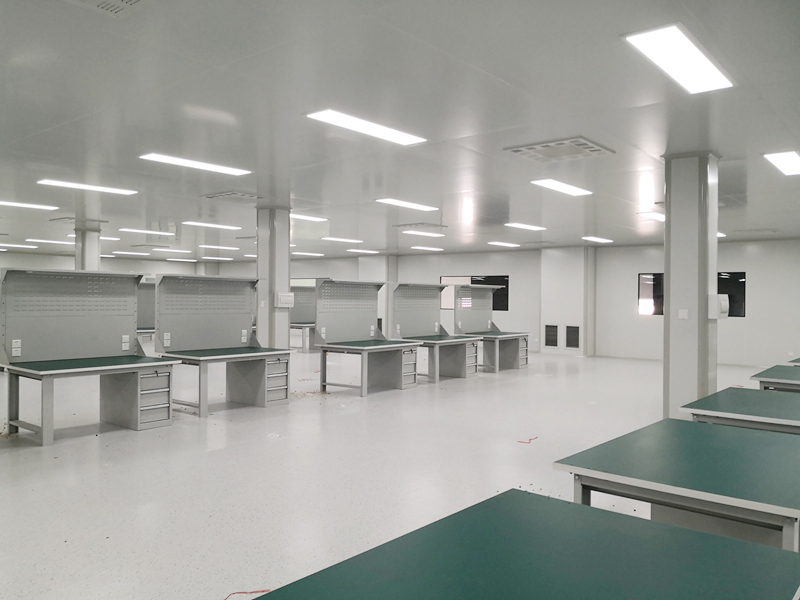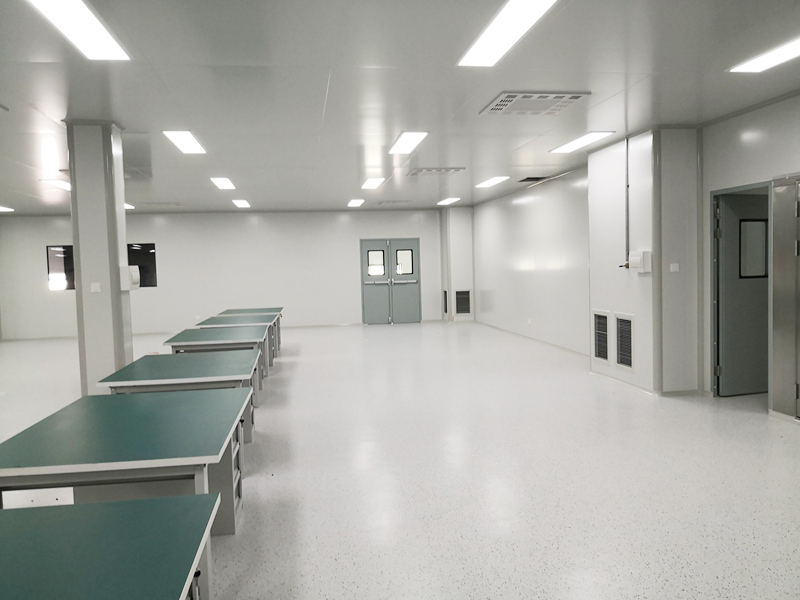

In electronic clean room, places that are fortified against electrostatic environments according to the requirements of electronic product production processes are mainly manufacturing and operating places of electronic components, assemblies, instruments and equipment that are sensitive to classic discharge. Operation sites include packaging, transmission, testing, assembly and activities related to these operations; application sites equipped with electrostatic discharge-sensitive electronic instruments, equipment and facilities, such as various electronic computer rooms, various electronic instrument laboratories and control rooms. There are clean environment requirements for electronic product production, testing, and testing sites in electronic clean room. The presence of static electricity will affect the expected goals of clean technology and must be implemented in accordance with regulations.
The main technical measures that should be adopted in anti-static environment design should start from measures to suppress or reduce the generation of static electricity and effectively and safely eliminate static electricity.
The anti-static floor is a key part of anti-static environmental control. The selection of the type of anti-static floor surface layer should first meet the requirements of the production processes of different electronic products. Generally, anti-static floors include static conductive raised floors, static dissipative raised floors, veneer floors, resin-coated floors, terrazzo floors, movable floor mats, etc.
With the development of anti-static engineering technology and engineering practice experience, in the field of anti-static engineering, surface resistance value, surface resistivity or volume resistivity are used as dimensional units. Standards issued at home and abroad in recent years have all used dimensional units.
Post time: Mar-19-2024

